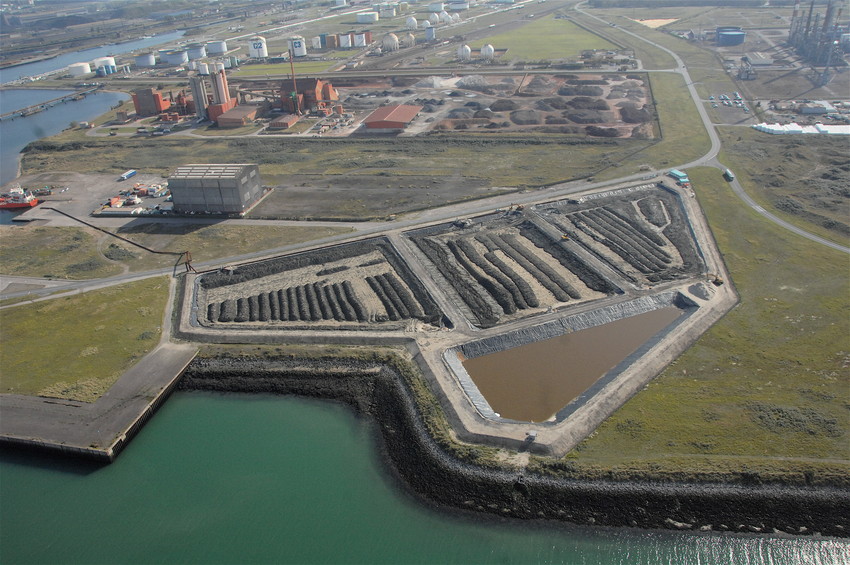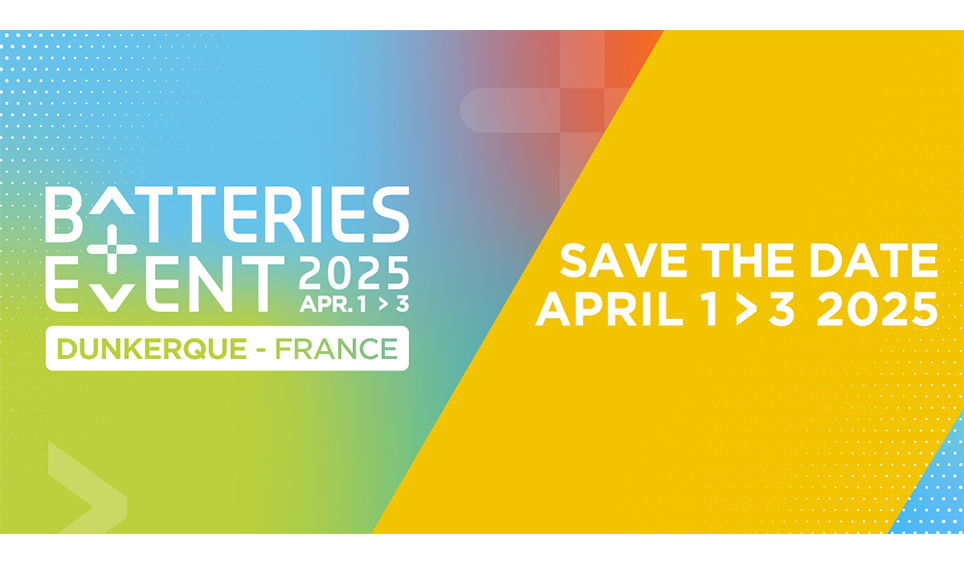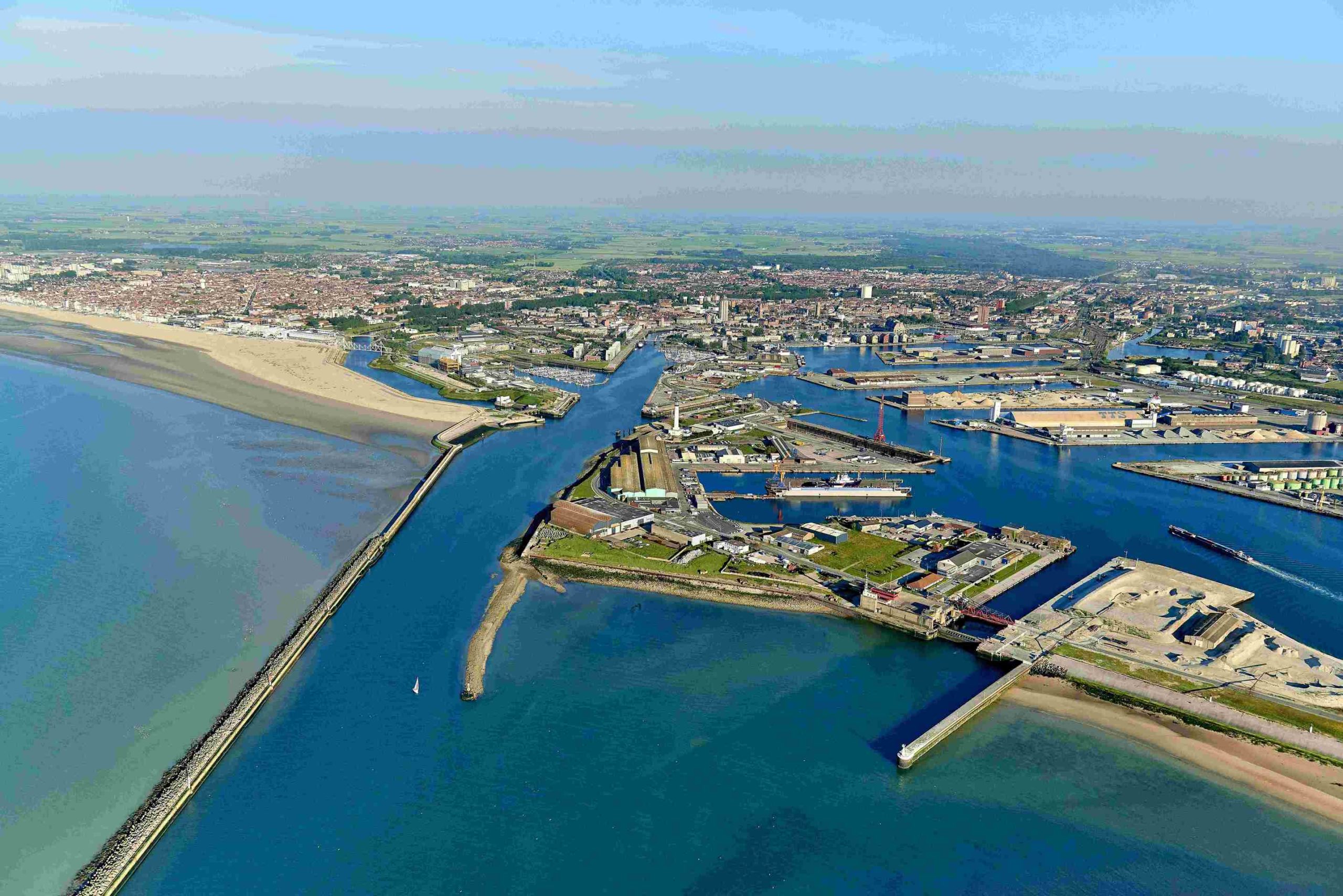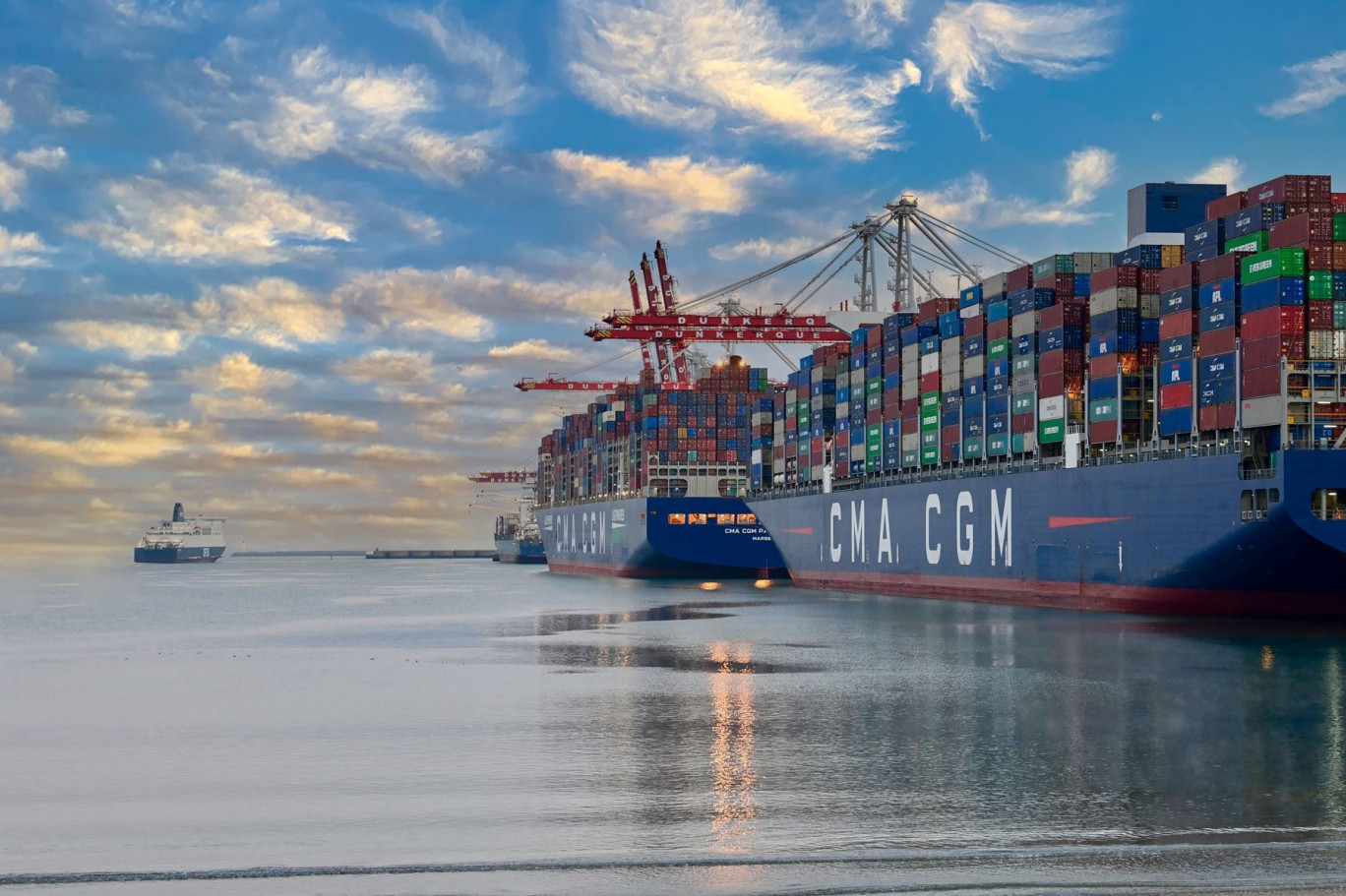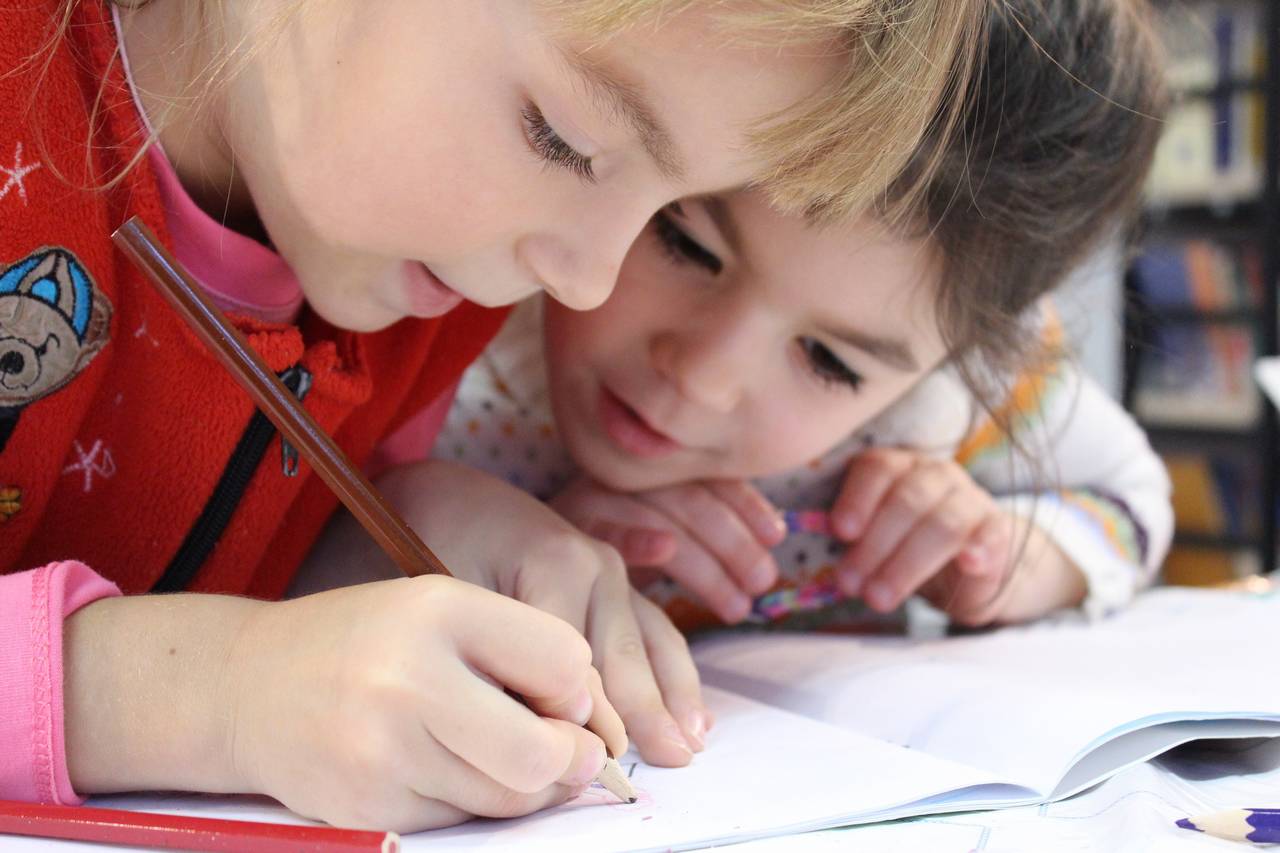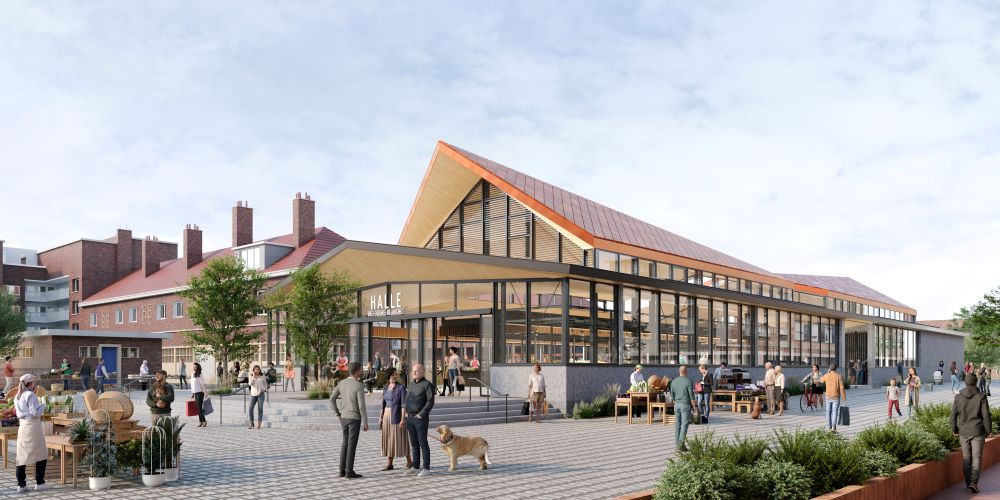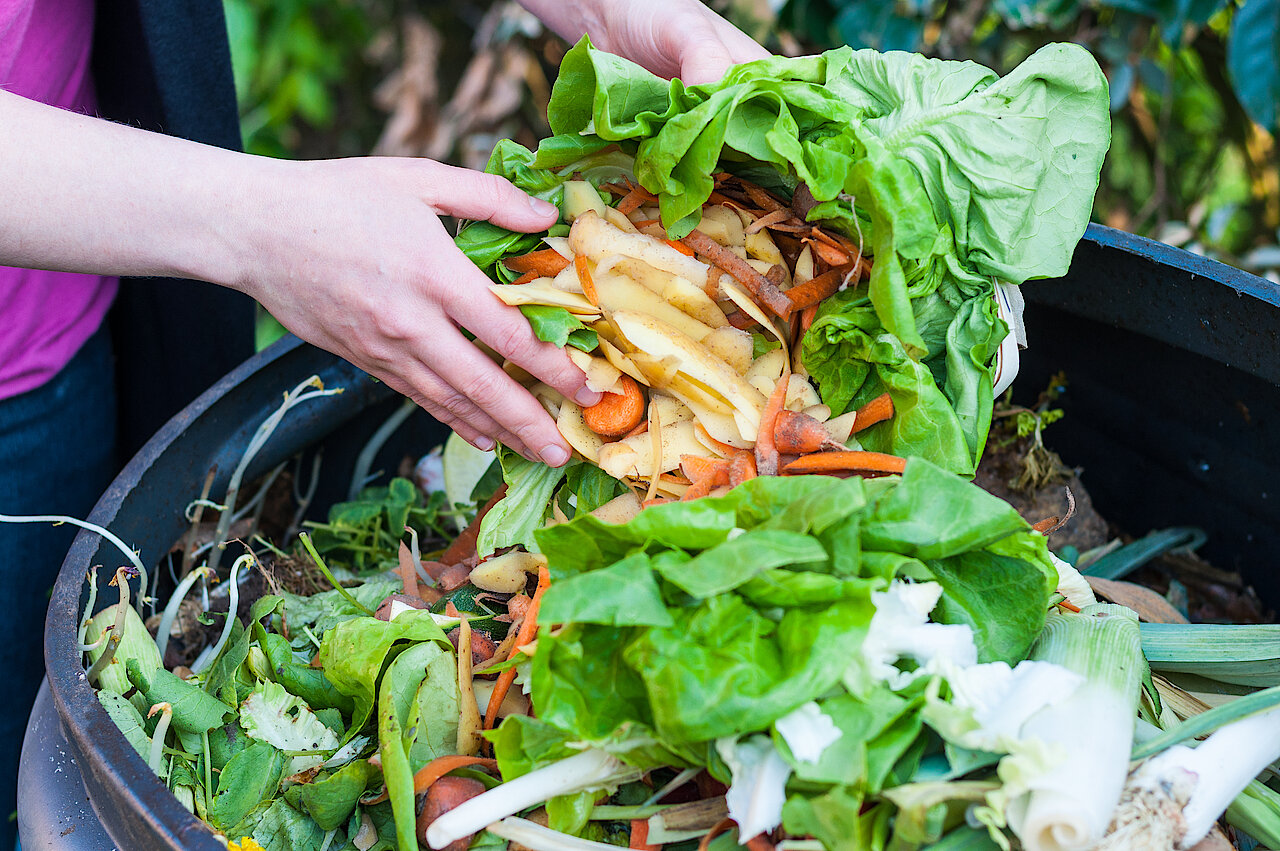This PA2D is implemented through a number of strategic guidance plans, including the Dredging Master Plan (SDD) and the Operational Dredging Management Plan (PGOD), which are invaluable tools for managing dredging sediment. These documents have provided Dunkerque-Port with adapted structures for managing its dredging sediment, regardless of type and chemical quality. In this context Dunkerque-Port acquired, in 2007, a transit and treatment plant for its undumpable sludge, to enable it to be recycled on shore. Dunkerque-Port, a national pioneer in this field, has recycled between 50,000 and 60,000 m3 of sludge every year since 2008. The sludge dredged from some of the port’s docks is conveyed via discharge pipes into settling tanks, to separate the sediment from the water which represents 70% of the total volume dredged. The dehydrated sediment recovered is used in applications such as the construction of base layers for roads in the port, the manufacture of concrete blocks (for reinforcing sea defence structures), eco-friendly landscaping and the production of artificial aggregate. In this way, undumpable sediment is substituted for the natural raw materials which would have had to be used to build structures or produce construction materials.


